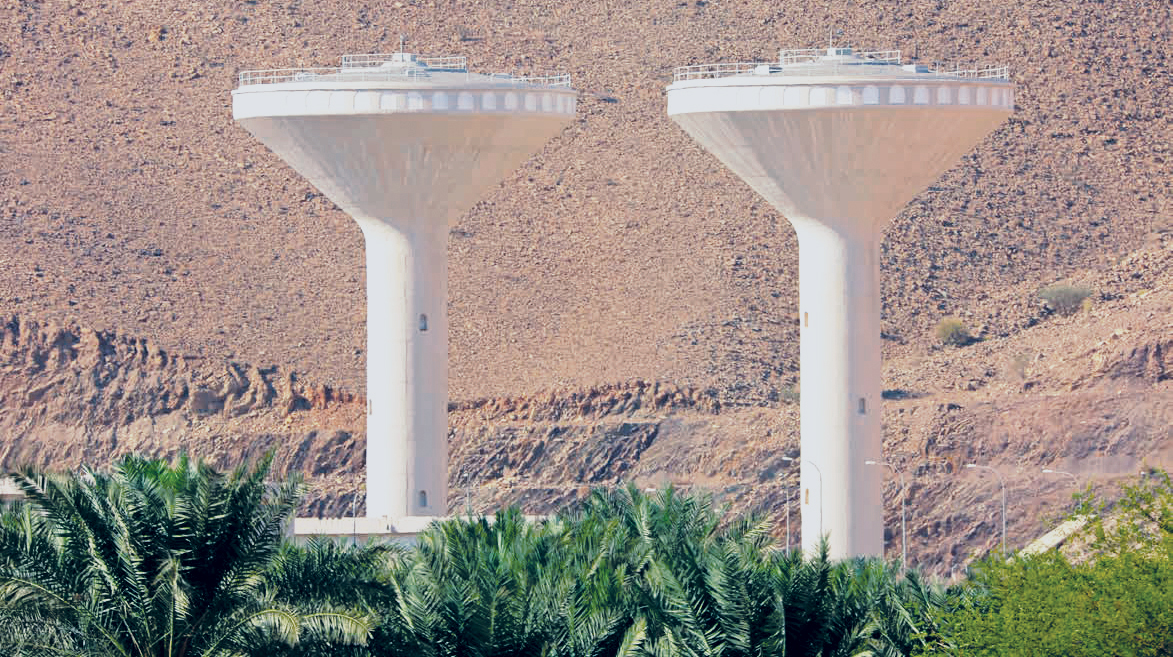

MUSCAT, JULY 6 - Potable water continues to be one of the most subsidised commodities in the Sultanate with the Omani government shouldering an outsized 128 per cent of the cost of providing this resource to consumers in 2018. According to the Public Authority for Water (Diam), the subsidy allotted to the water sector totalled RO 156 million last year, which was lower by 9 per cent from the previous year’s figure of RO 172 million. Gross revenues totalled around RO 121.5 million against a total supply cost of RO 276.3 million, leaving a shortfall of RO 156 million that the government had to bear in the form of subsidy.
“PAW’s tariffs recover only part of its total costs — the remainder comes as subsidy from the government,” the Authority explained in its newly issued Annual Report for 2018. “Despite efficiency improvements this is likely to continue to be the case as demand continues to rise while the domestic water tariff — which applies to more than half of all piped water sales — has remained unchanged for many years. Subsidy now accounts for about half of PAW’s total cost reaching RO 156 million in 2018 — a 9 per cent reduction compared to the previous year,” it stated.
Some improvement has been achieved in the reduction of subsidy to the water sector, the Authority noted. From 141 per cent of revenues collected in 2017, the percentage of subsidy declined to 128 per cent last year.
This further translates to a subsidy of 432 bz per cubic metre of supply in 2018, down from a hefty 604 bz per cubic metre in 2017.
The Authority’s elaborate water transmission and distribution grids received an estimated 365 million cubic metres of potable water last year — from a network of desalination plants located around the Sultanate, along with groundwater harnessed from wellfields.
Of this total, only around 284 million cubic metres reached customers, leaving around 78 million cubic metres (21.6 per cent) unaccounted for. Also during this period, the Authority’s total customer base ballooned to 524,887 accounts at the end of 2018, up from 488,377 accounts a year earlier.
Explaining the implications of these trends for the computation of subsidy, the Authority stated: “In 2018 sales revenues were broadly similar to 2017 but despite an increase in many cost areas our cost of water purchase fell substantially for the second year in a row.
This meant that our gross average subsidy per account fell from about RO 316 in 2017 to around RO 297 in 2018.
This represents roughly 430 bz per m3 entering our system — down from around 500 bz last year. Excluding the impact of depreciation charges (which have reduced slightly in the year, reflecting recent slowing capital investment in the PAW system) the subsidy was around RO 16 million or 11 per cent less. In the last two years PAW’s annual subsidy has fallen by around RO 40 million.”
Significantly, subsidy on water has almost halved over the past decade from 848 bz per cubic metre of potable water in 2010 to 432 bz per cubic metre in 2018.
Oman Observer is now on the WhatsApp channel. Click here



